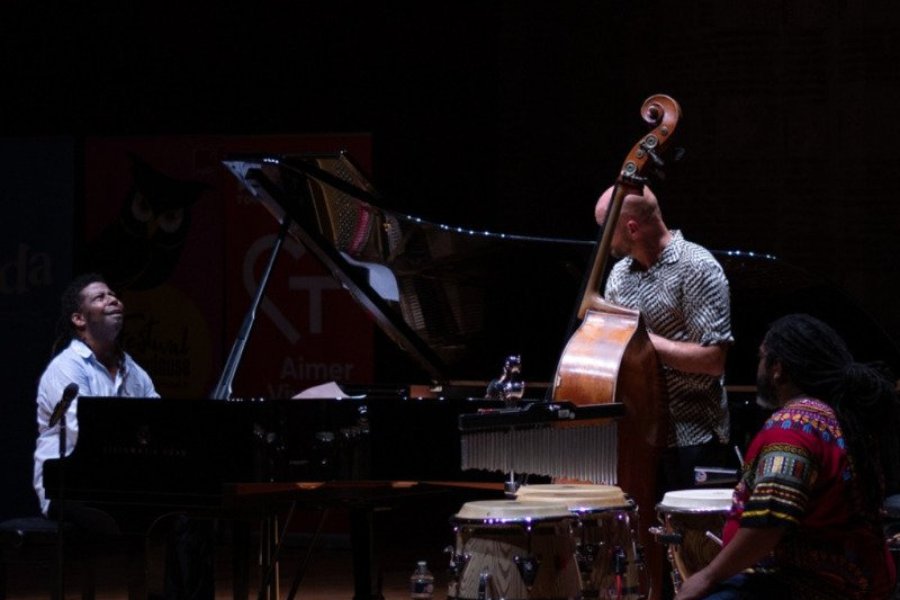
Toulouse Festival unveils its highlights
Recommended by Tanguy REVAULT
From 06/29/2024 to 07/13/2024 : The Toulouse Festival offers "tailor-made" creations at the crossroads of music, film and literature. This year, it pays tribute to Françoise ...

Recommended by Tanguy REVAULT
From 06/29/2024 to 07/13/2024 : The Toulouse Festival offers "tailor-made" creations at the crossroads of music, film and literature. This year, it pays tribute to Françoise ...
Proposed"> by Toulouse events MEETT
From 05/23/2024 to 05/26/2024 : Dedicated to the general public, the TOULOUSE SPACE FESTIVAL aims to create vocations through the imaginary world of space, to educate about ...
There are currently no photos for this destination.